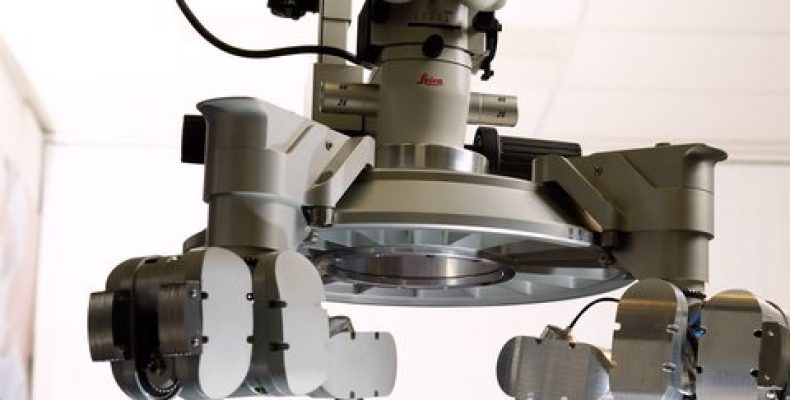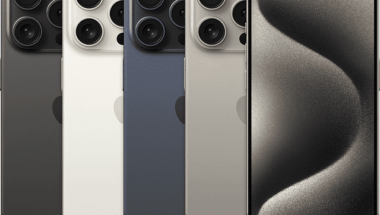Blog

Medical Technology: World First Super Microsurgery with Robot Hands
Meet the ‘super-surgeon’ of steel hands, Who influence the Medical Technology
It exploits robotic surgery. Intelligent Medical technology operating theaters are born and physicians mega-trained by digital technologies
A giant with four arms created by Eindhoven company Microsure. The operating room clock is approaching midday. Four immobile mechanical arms sink into a bundle of blue cloths and a cascade of tubes. Under all of them, a women of 57 years, anesthetized, lying in the bed for the treatment for Lymphedema. Its the condition where the fluids build up in the area of fibrous joint vessels of 0.3 to 0.8 millimeter in the patient’s arm. Around it, a dance of people who, for more than an hour, have been placing the infinite fabric of cables, lights and mechanical towers.
At 12 o’clock the ceiling light goes out. The advanced and intelligent medical technology robot in the operating rooms illuminates the wound that opens the scalpel. Everything seems to be over. In the gloom, the gloved silhouettes sit down. But it all begins. The tentacles of steel awaken. They move in the manner of the piano macilli on the patient’s belly.
This robot with intelligent medical technology advances with an electric scalpel in each clamp, making its way into the region. The beeps (two different ones, depending on which claw coagulate) replace the voices. This robot of medical technology, by its cost (up to 2 million and a half dollars, 2,2 million euros) and dimensions (like a microscope) that a surgeon, inclined on a three-dimensional image viewer, handles from a corner. Like a pianist whose pedals serve to zoom with the camera sunk in the patient.
This advanced robot with intelligent medial technology is the automaton best known in the world’s operating rooms. And this is the first time, a robot had undertake a very precise micro surgery in the history of medicine. It may definitely carry out three million operations by next 10 years and its star intervention is precisely this one that magnifies up to 20 times in the monitors of the operating room of the Clinical Hospital: the extraction of the tumor.




